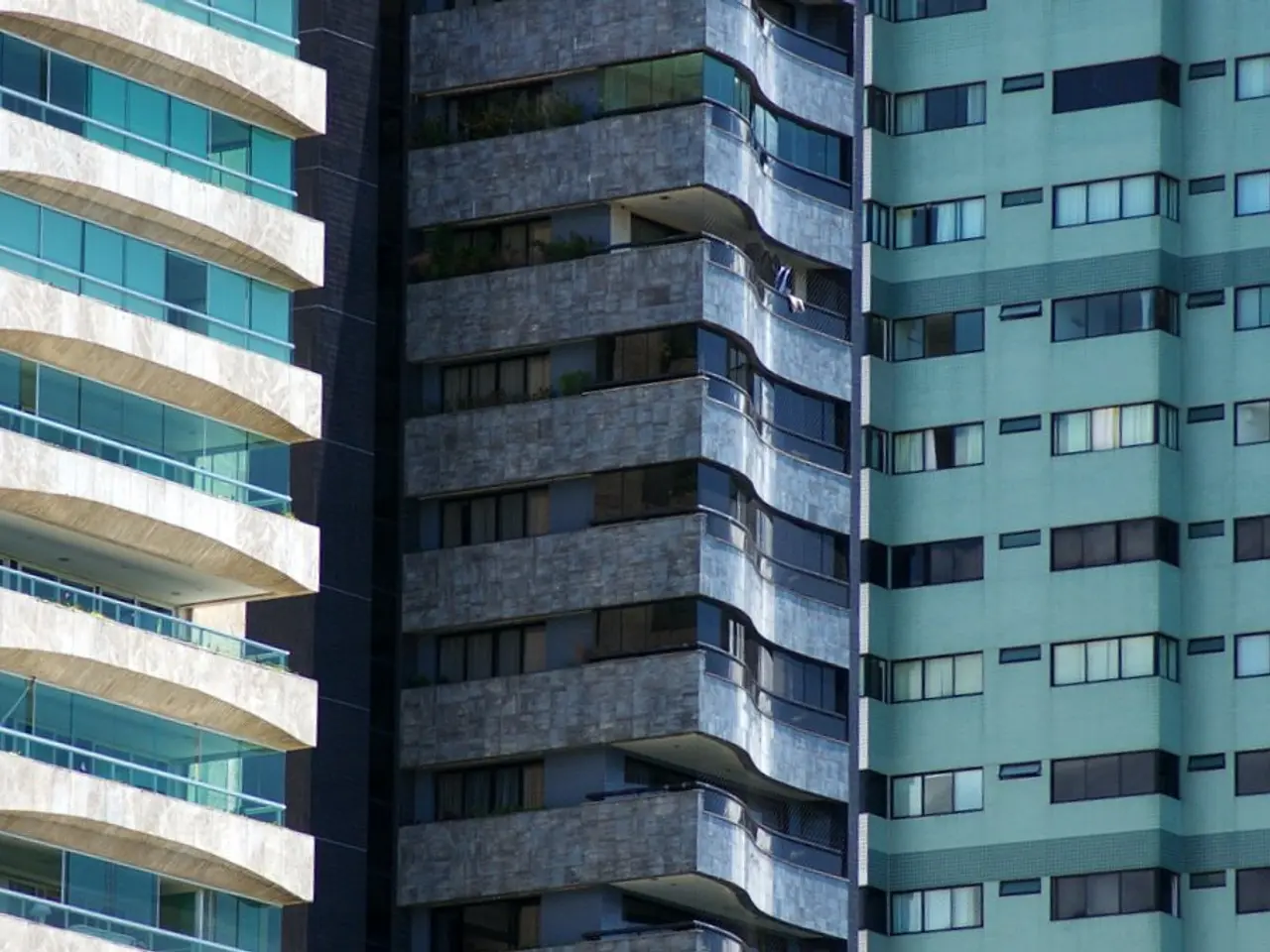Instructions for Reducing Carbon Emissions in Your Residences
Retrofitting refers to the process of upgrading an existing building to improve its energy consumption and energy efficiency. This practice is gaining global interest as a crucial climate, economic, and public health initiative, with buildings responsible for 39% of global energy-related greenhouse gas emissions.
The retrofitting process is typically structured in tiers or stages, each progressively improving the building’s energy performance. Here's a breakdown of the common tiered framework:
Tier 1: Basic Energy Efficiency Measures
This tier focuses on reducing energy consumption in the building through measures like improving insulation, sealing air leaks, installing energy-efficient windows and doors, and upgrading HVAC components. Basic ventilation improvements are also included to ensure indoor air quality without excessive energy waste.
Tier 2: Intermediate Measures Including Mechanical Systems and Controls
This tier advances to optimized mechanical ventilation and HVAC control systems. Measures such as installing mechanical ventilation systems with heat recovery, upgrading heating systems to high-efficiency heat pumps, and improving HVAC controls and sensors to optimize energy use are included. Indoor air quality is also comprehensively addressed with measures like moisture control, radon mitigation, low-VOC materials, and sealed combustion appliances.
Tier 3: Comprehensive Whole-Building Retrofit
This tier encompasses an integrated, whole-building retrofit strategy that aggressively reduces energy demand and emissions. This includes upgrading insulation, airtightness, ventilation, and heating/cooling systems in concert to minimize total energy demand. Strategic planning like strategic decarbonization planning (SDP) is used to phase investments and prevent stranded assets.
Global initiatives for building retrofit include Malaysia's National Energy Transition Roadmap, Singapore's Green Mark Incentive Scheme for Existing Buildings 2.0, Beijing's Incentive Fund for Green Building Development, the EU's Revised Energy Performance of Buildings Directive, Canada's CA$2 billion investment in large-scale building retrofits, and Colombia's National Roadmap for Net Zero Carbon Buildings.
Retrofitting offers economic benefits as well. It can reduce global energy demand by 12%, create 3.2 million new jobs per year, and improve employee productivity by up to US$7,500 per person per year. However, currently, no country is meeting the retrofit rate of 2.5% of buildings each year to reach net zero by 2030.
In conclusion, retrofitting is the most sustainable way to reduce greenhouse gas emissions in the existing housing stock, as 80% of all housing stock that will be lived in by 2050 has already been built. By implementing these retrofitting measures, we can not only reduce our carbon footprint but also create economic opportunities and improve public health.
Sources: [1] Energy Saving Trust, 2021. [2] National Renewable Energy Laboratory, 2020. [3] UK Government, 2021. [4] ACEEE, 2020. [5] International Energy Agency, 2021.
- The environment requires urgent climate action through initiatives like building retrofit, as the construction sector contributes significantly to climate change with 39% of global energy-related greenhouse gas emissions.
- Renewable energy can be harnessed more effectively in retrofitted buildings, contributing to sustainability and the reduction of carbon emissions.
- Climate justice necessitates addressing climate crisis by focusing on environmental issues, such as reducing carbon footprint and promoting eco-friendly lifestyles, supported by retrofitting measures.
- Climate change science suggests that a comprehensive approach to environmental protection, including sustainable living practices and home-and-garden improvements, can help mitigate the climate crisis.
- Climate action in the form of retrofitting is essential to create public health benefits, addressing indoor air quality issues through measures like ventilation improvements and low-VOC materials.
- The environmental-science field emphasizes the importance of climate change mitigation strategies to ensure a net zero carbon emissions future, which includes retrofitting as a key solution.
- Recycling initiatives can be integrated into the retrofitting process, promoting waste reduction and enforcing eco-friendly building practices.
- The implementation of sustainable-living practices at home, such as retrofitting, can significantly contribute to the globalmission of achieving carbon neutrality by reducing personal carbon footprints.
- Governments worldwide are investing in retrofitting programs, recognizing their role in encourage climate action and the creation of economic opportunities.
- The science behind climate change indicates that retrofitting existing buildings is a crucial step in addressing the climate crisis, as 80% of all housing stock that will be lived in by 2050 has already been built.




